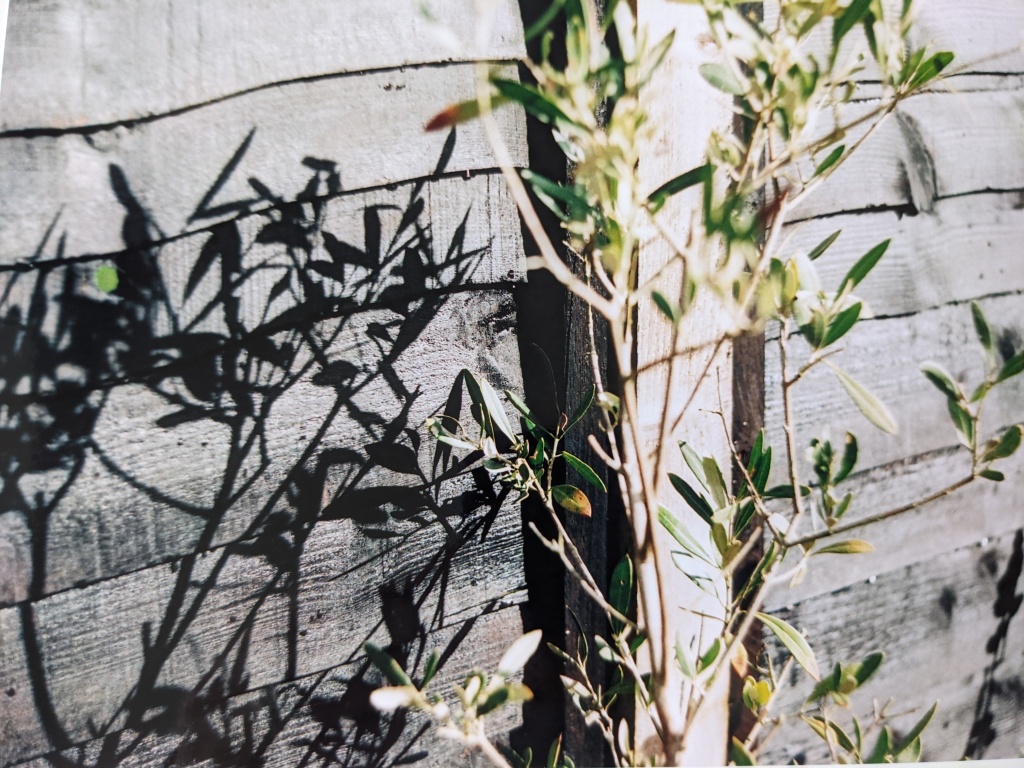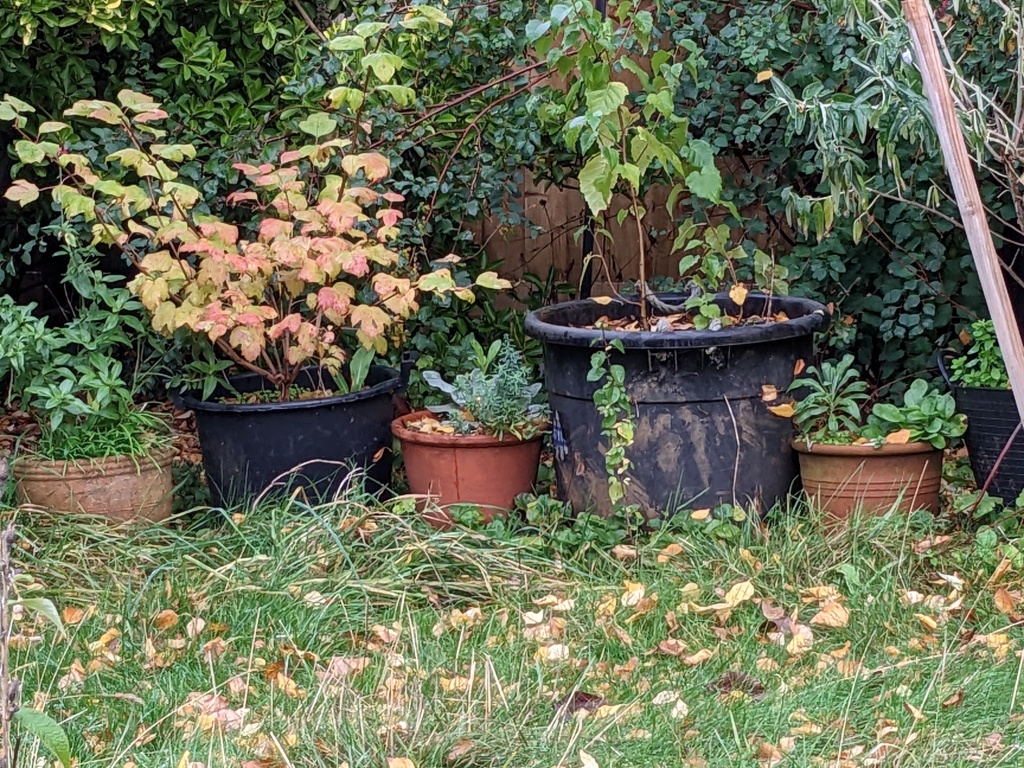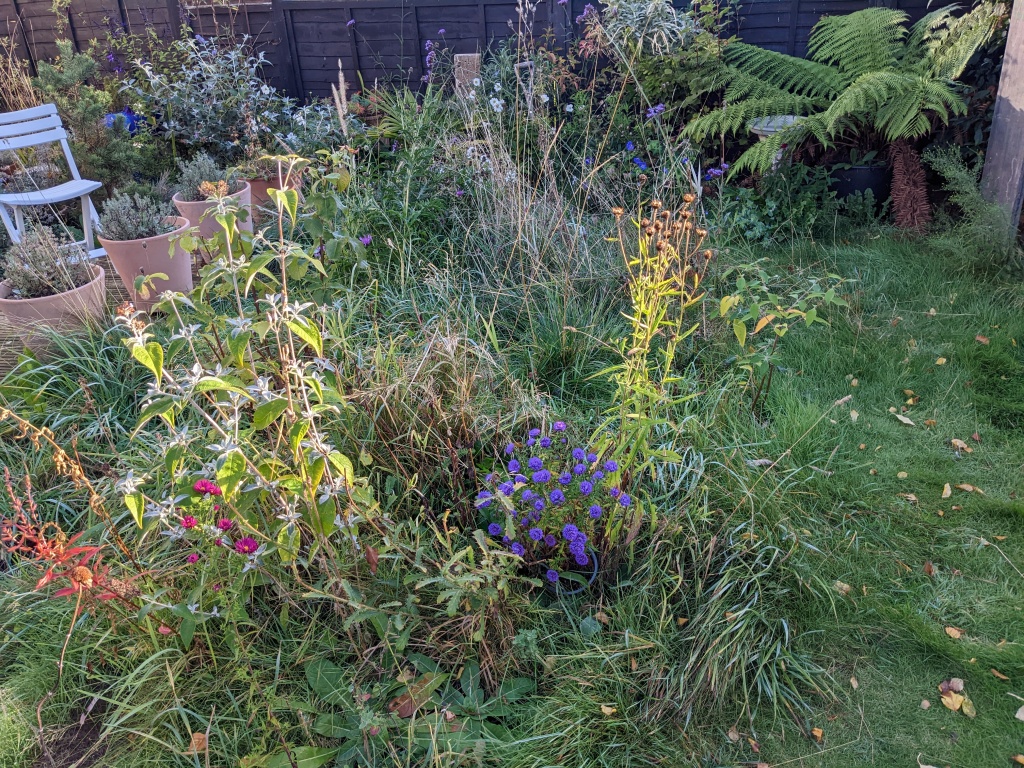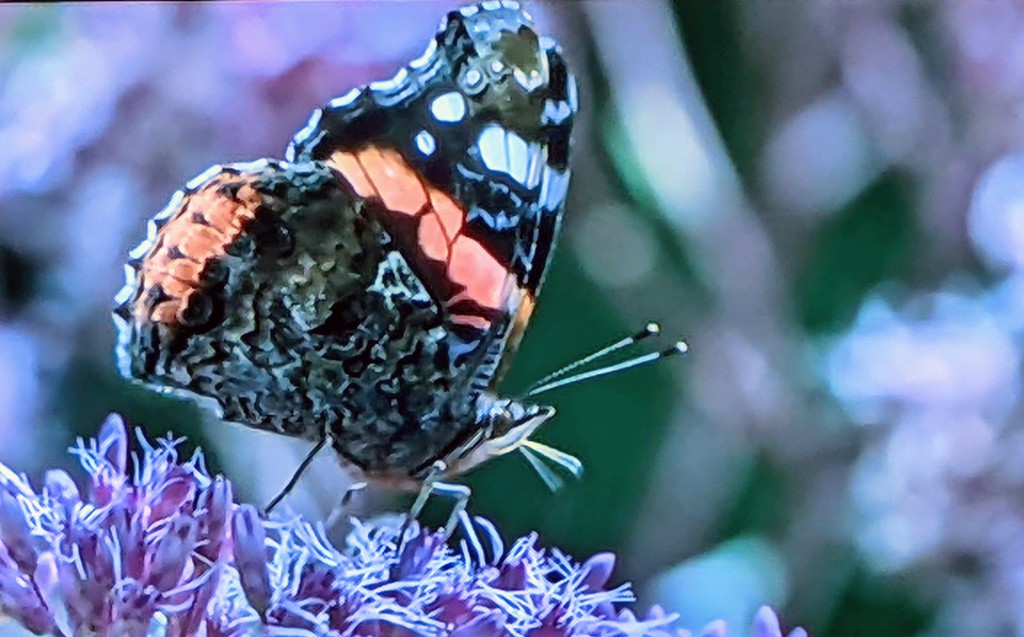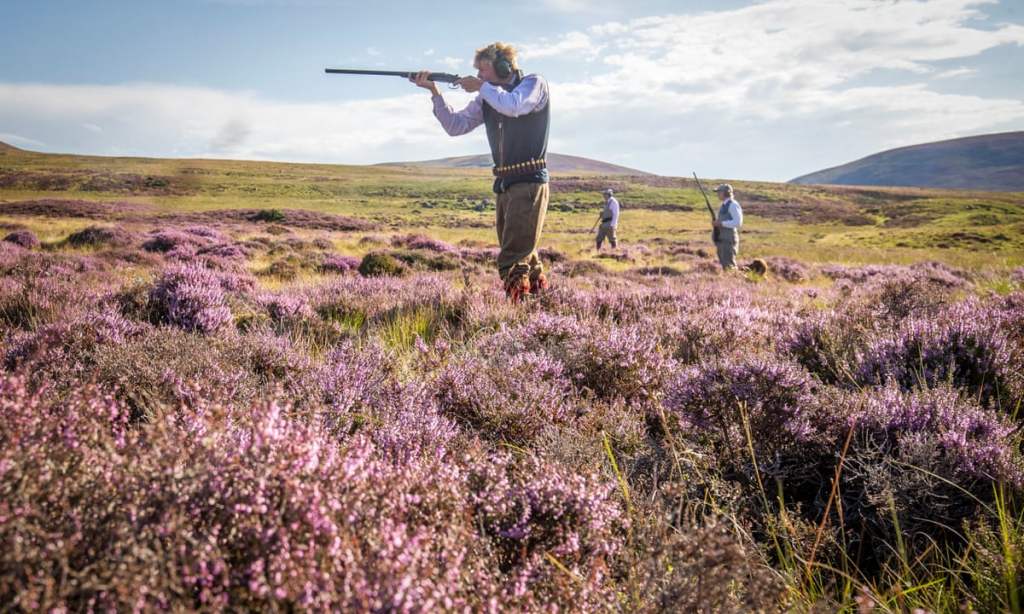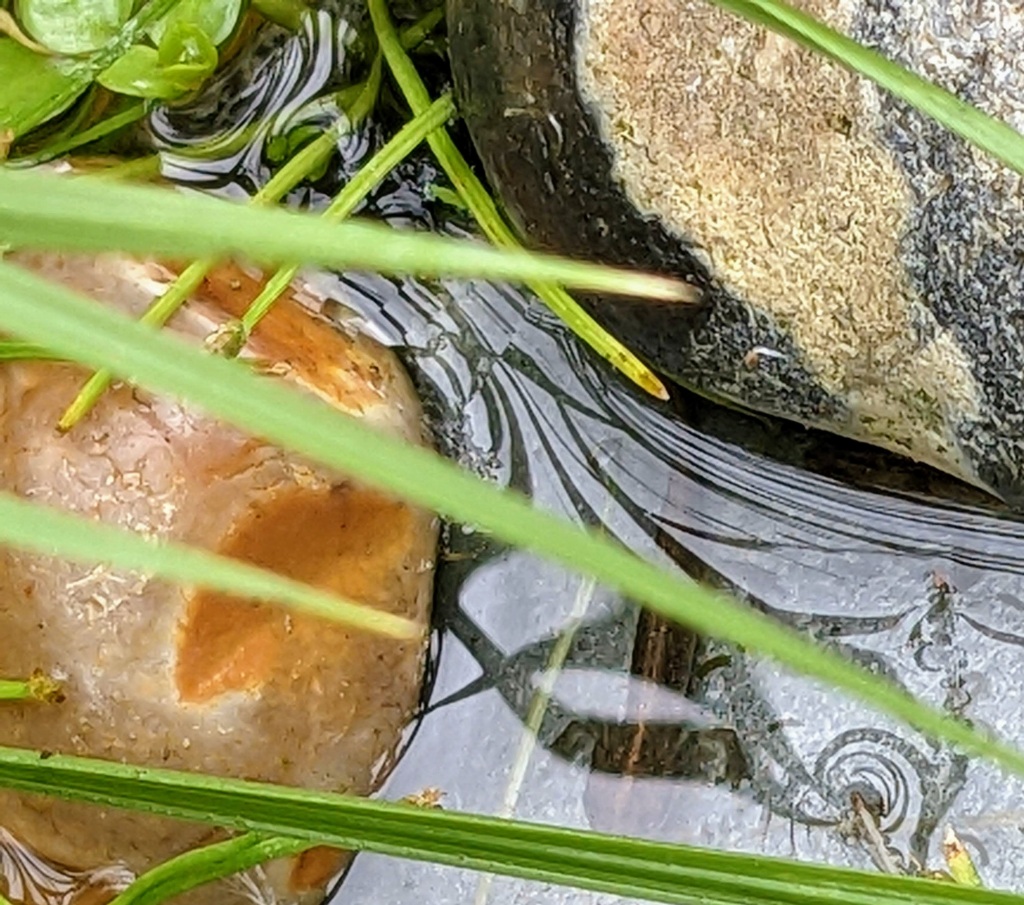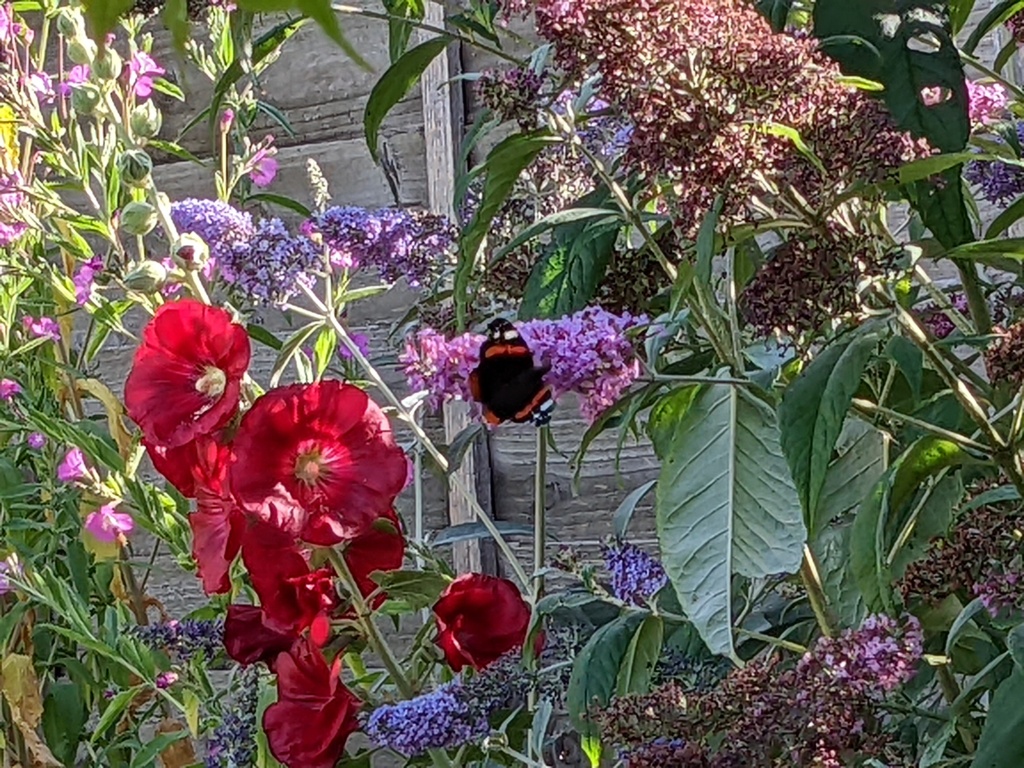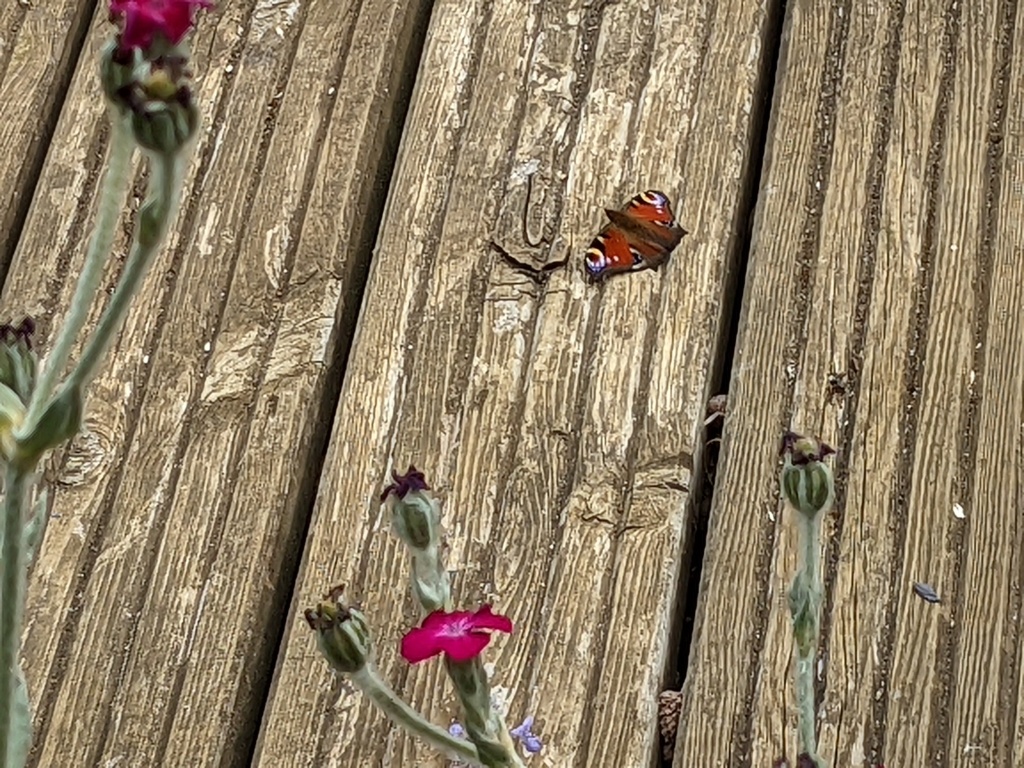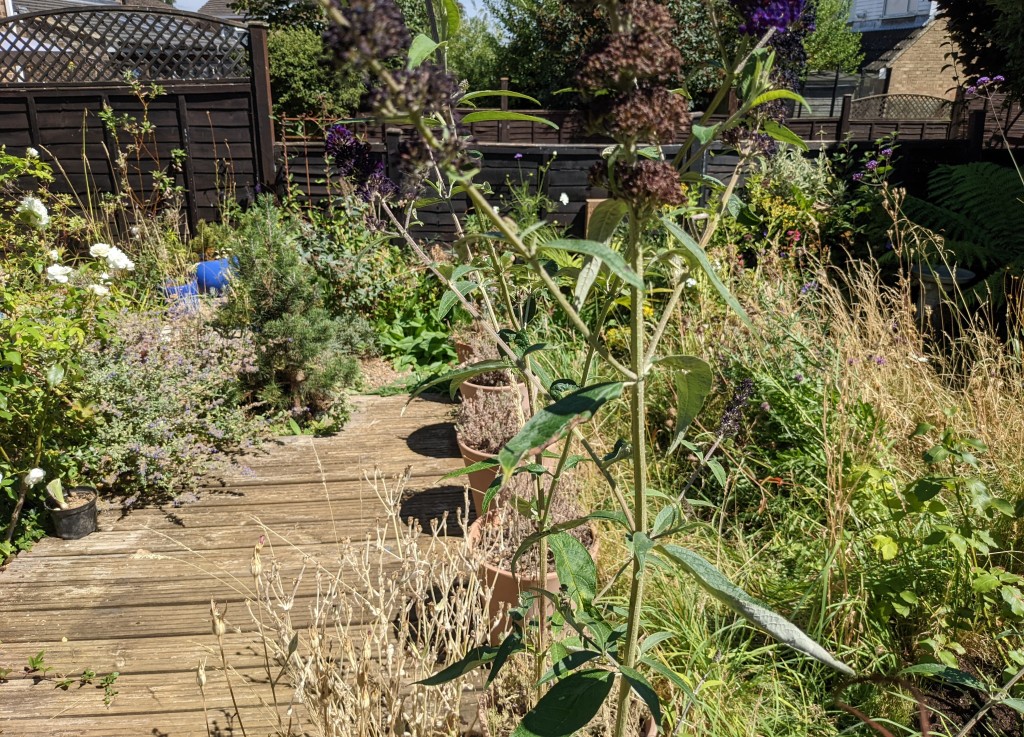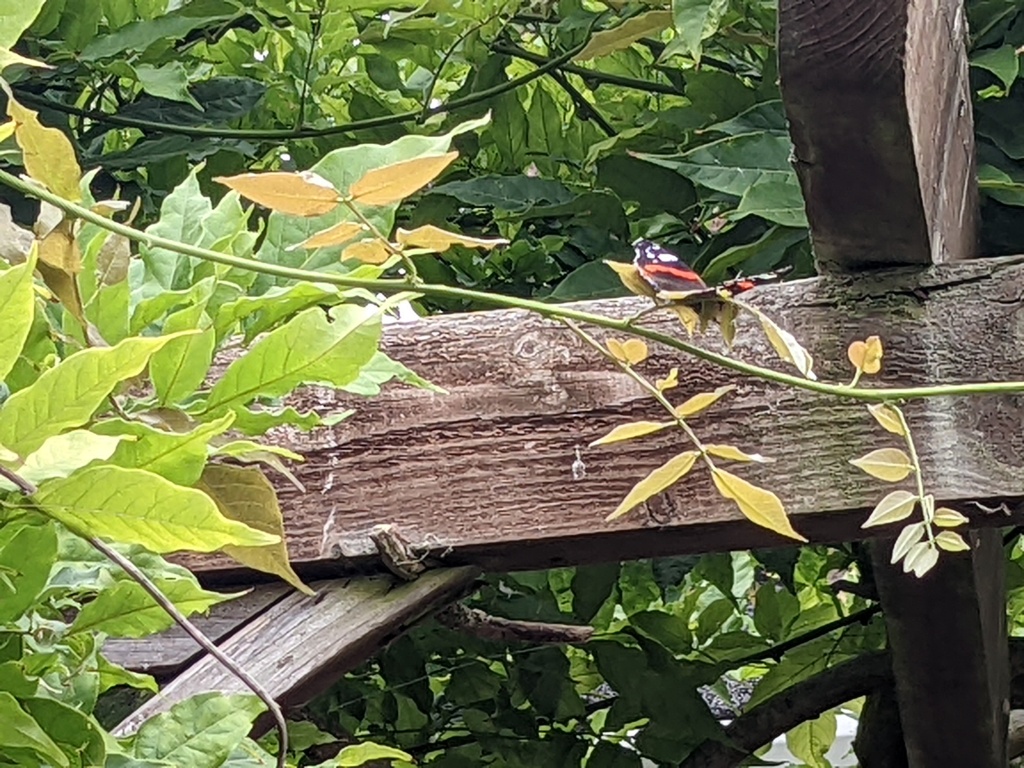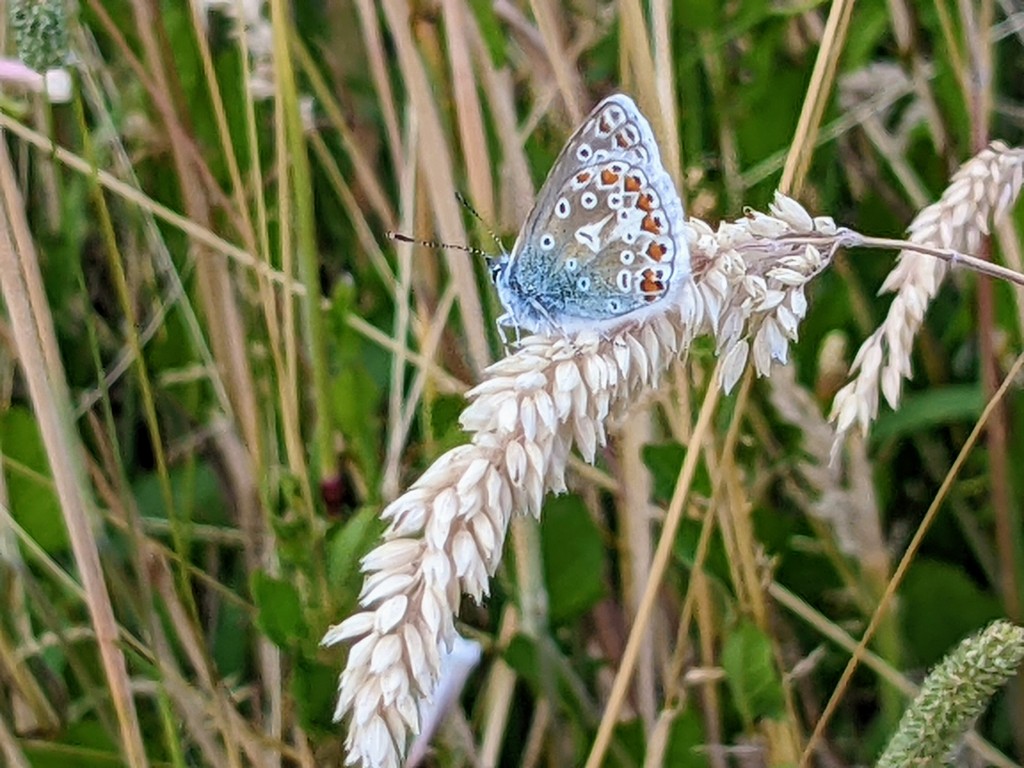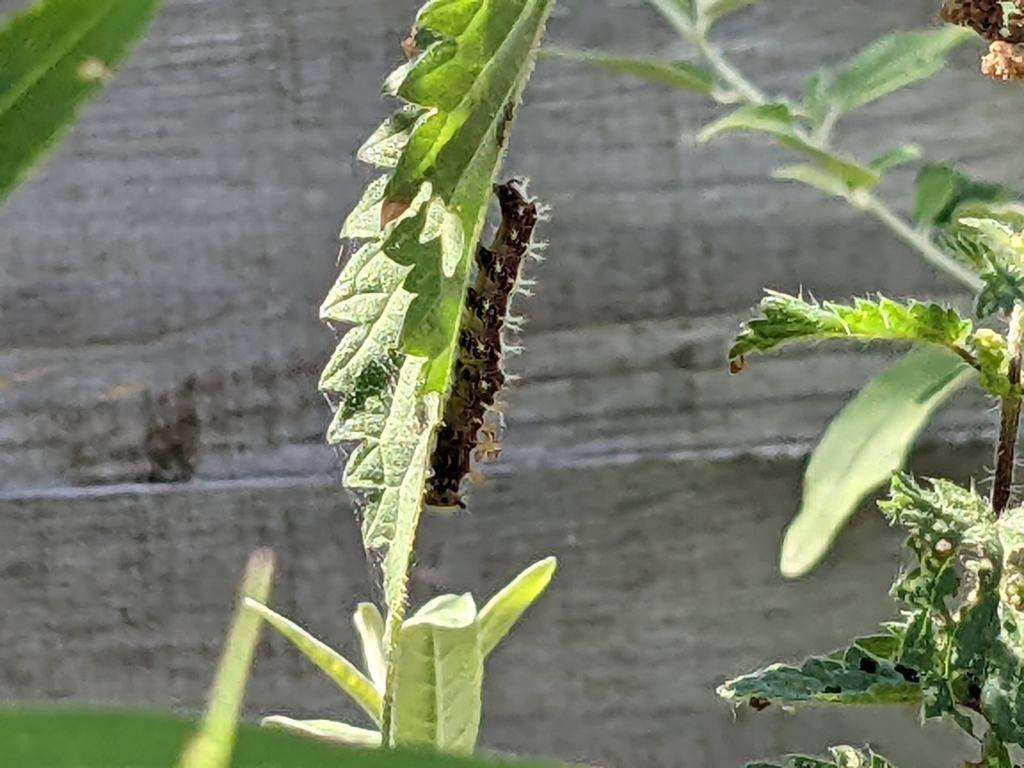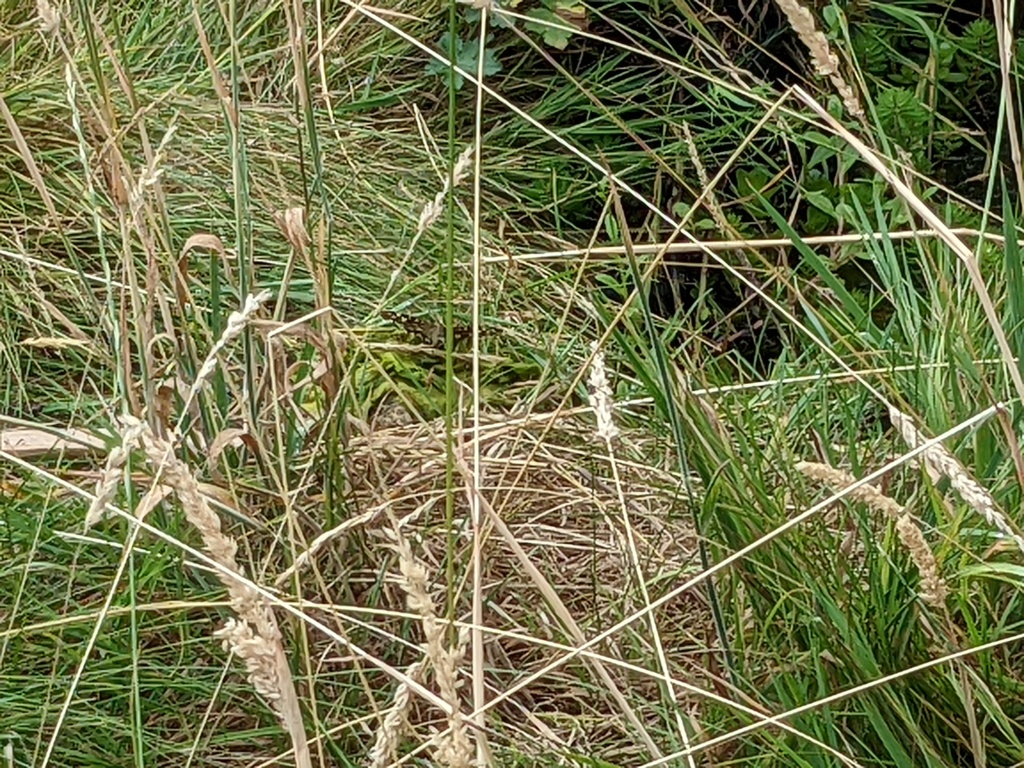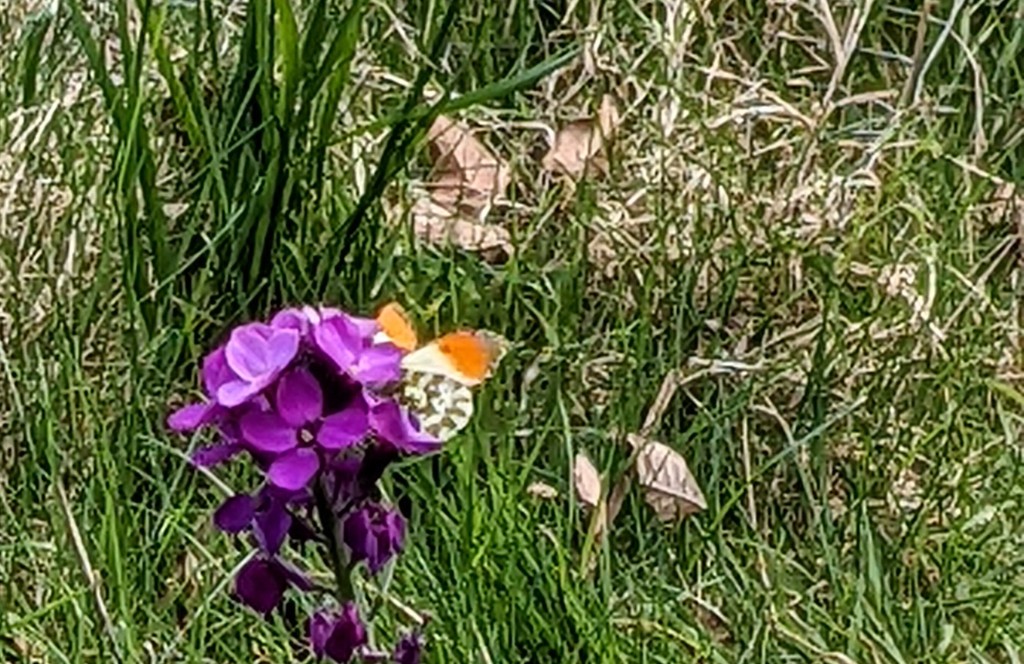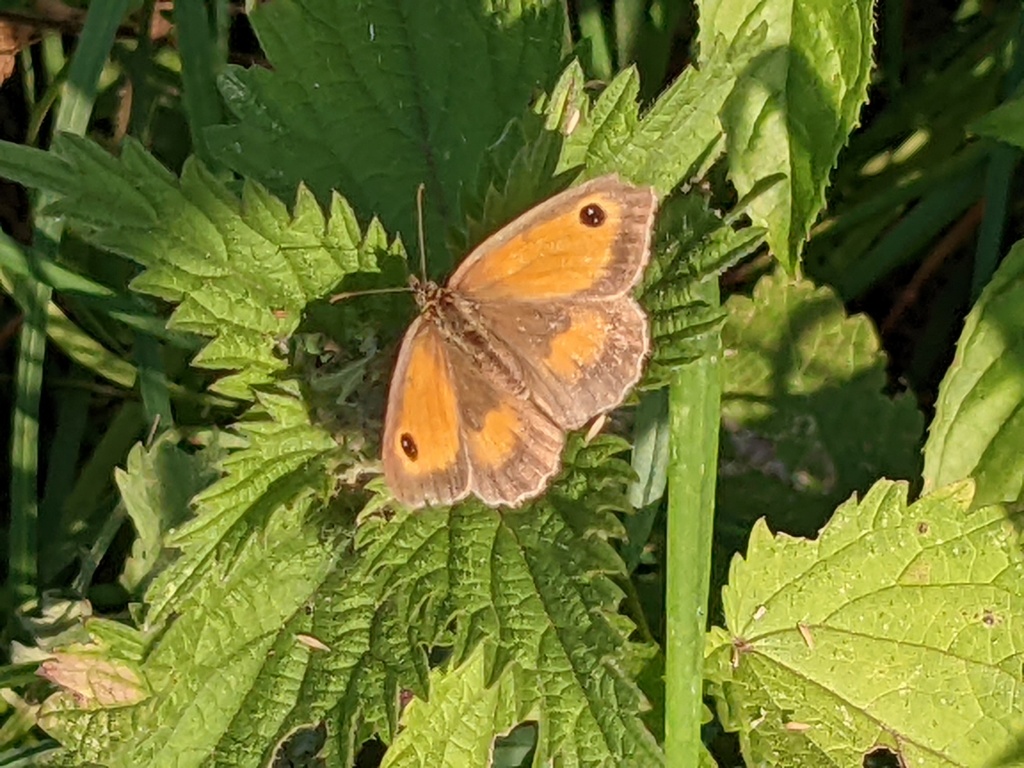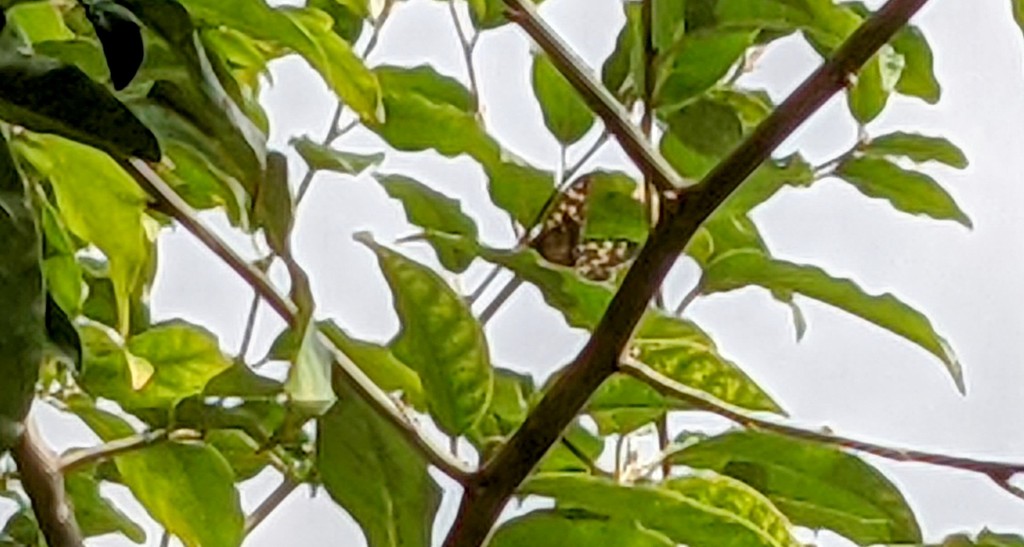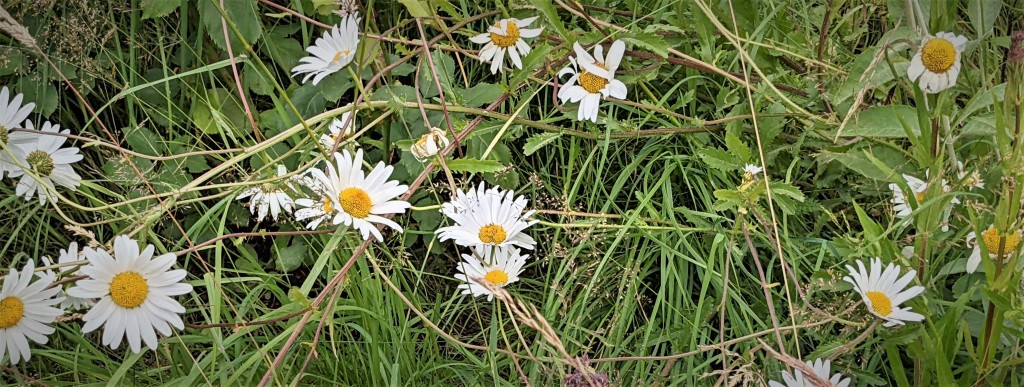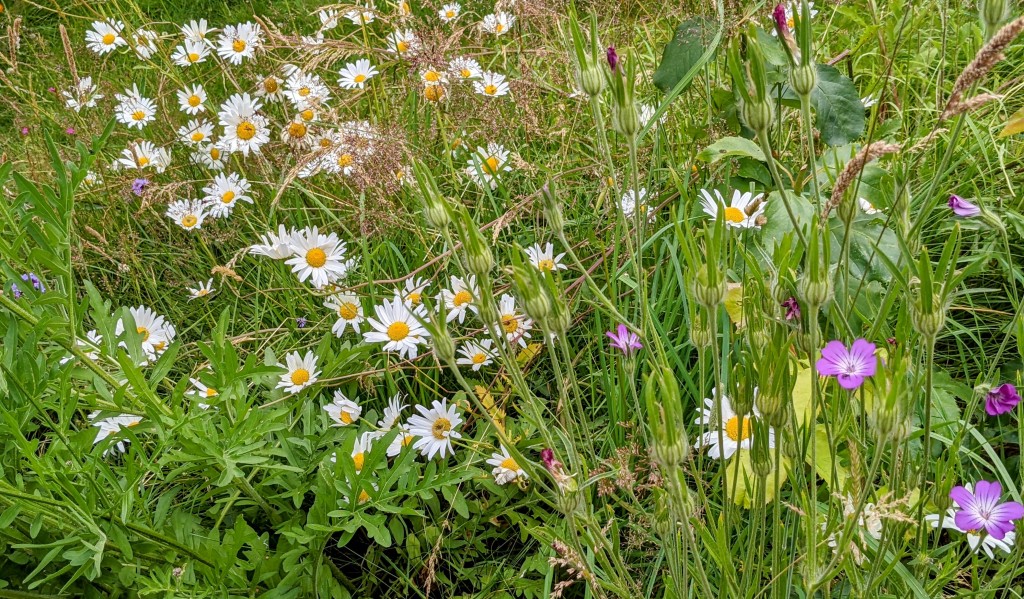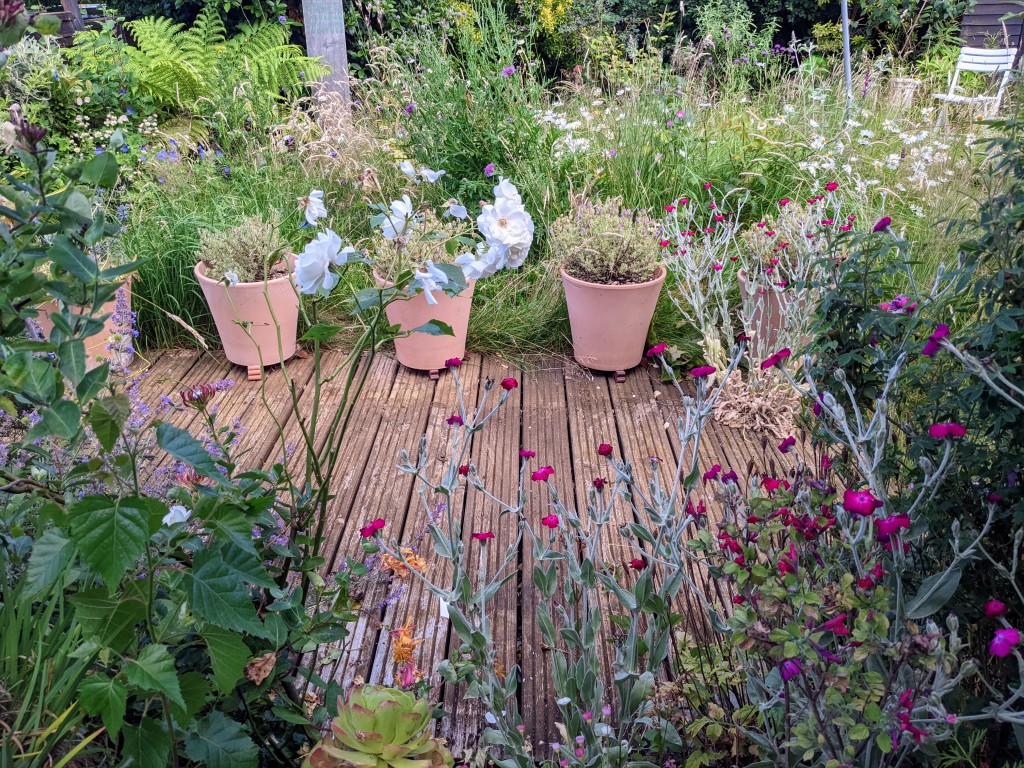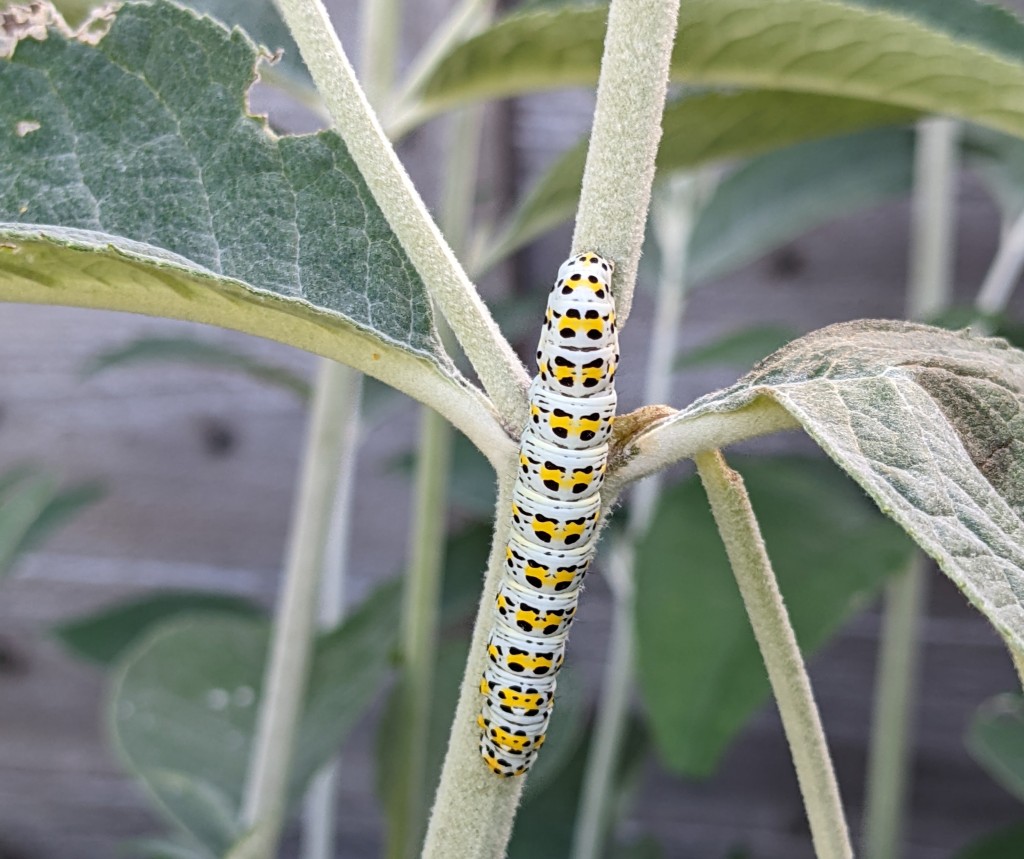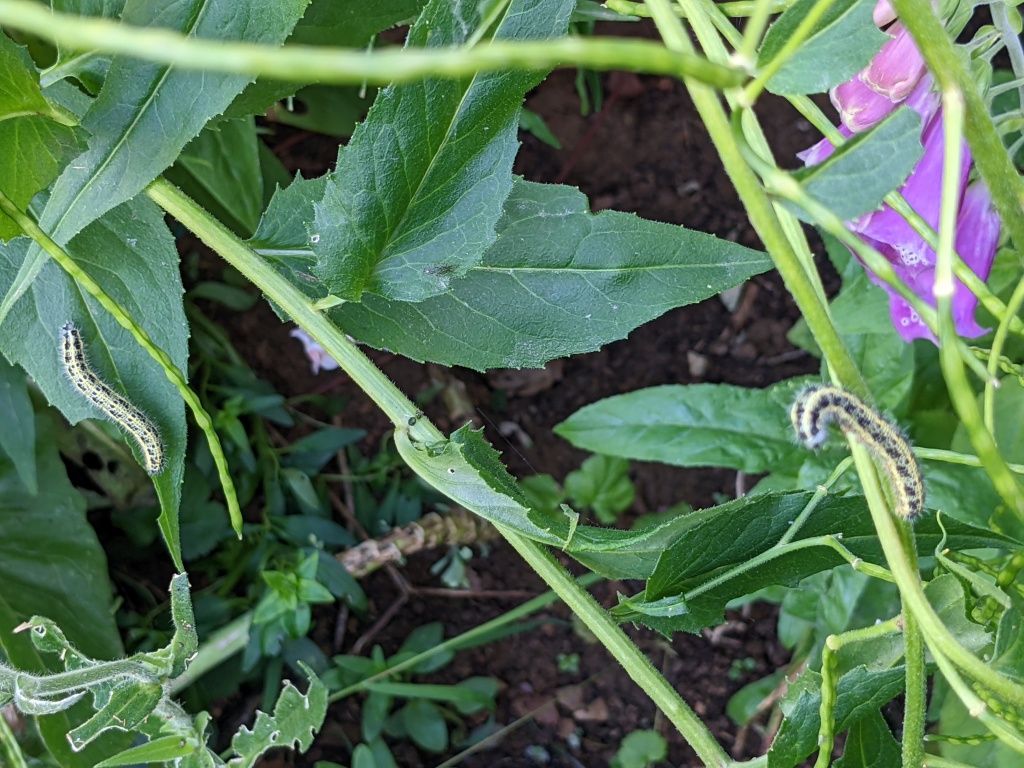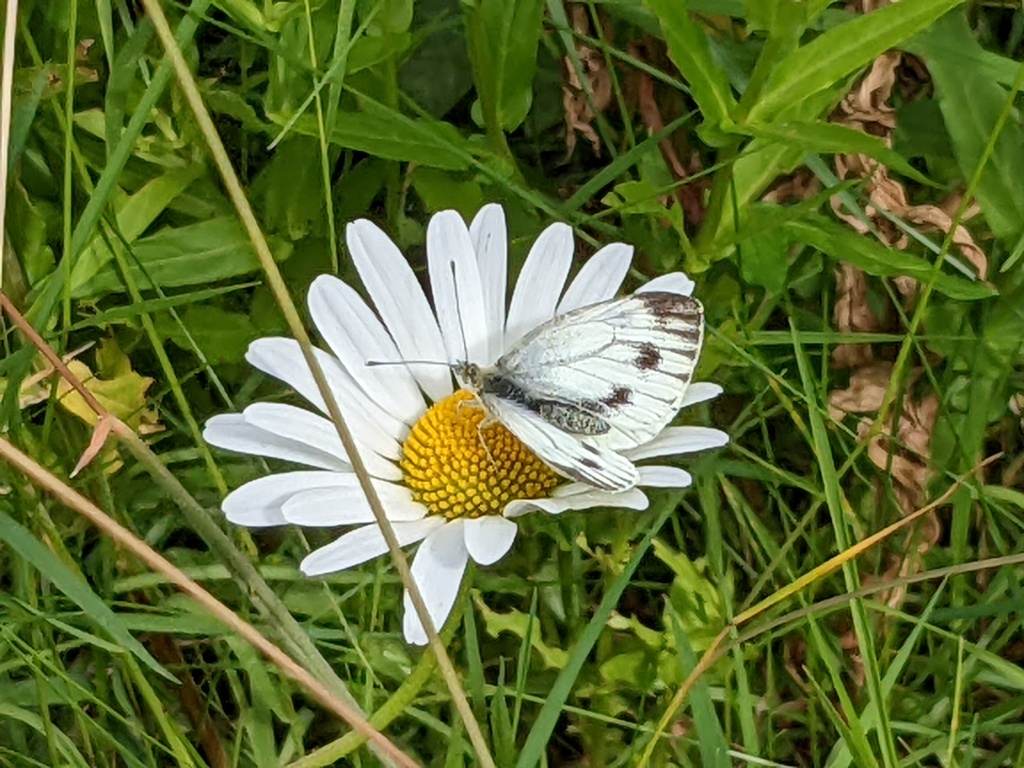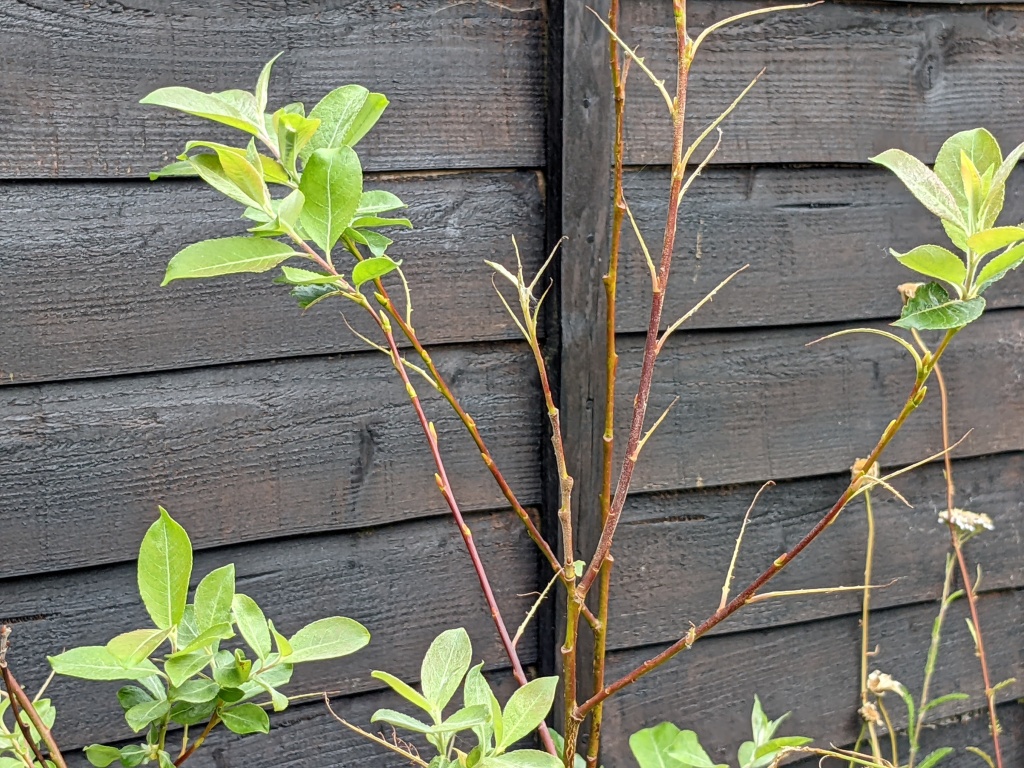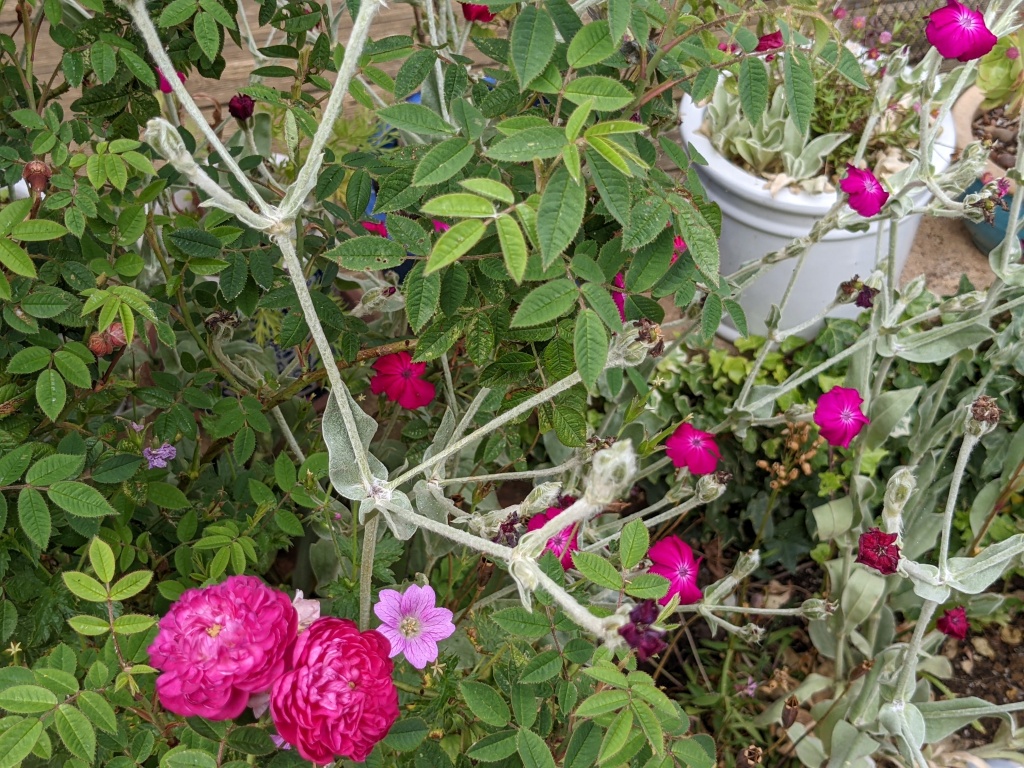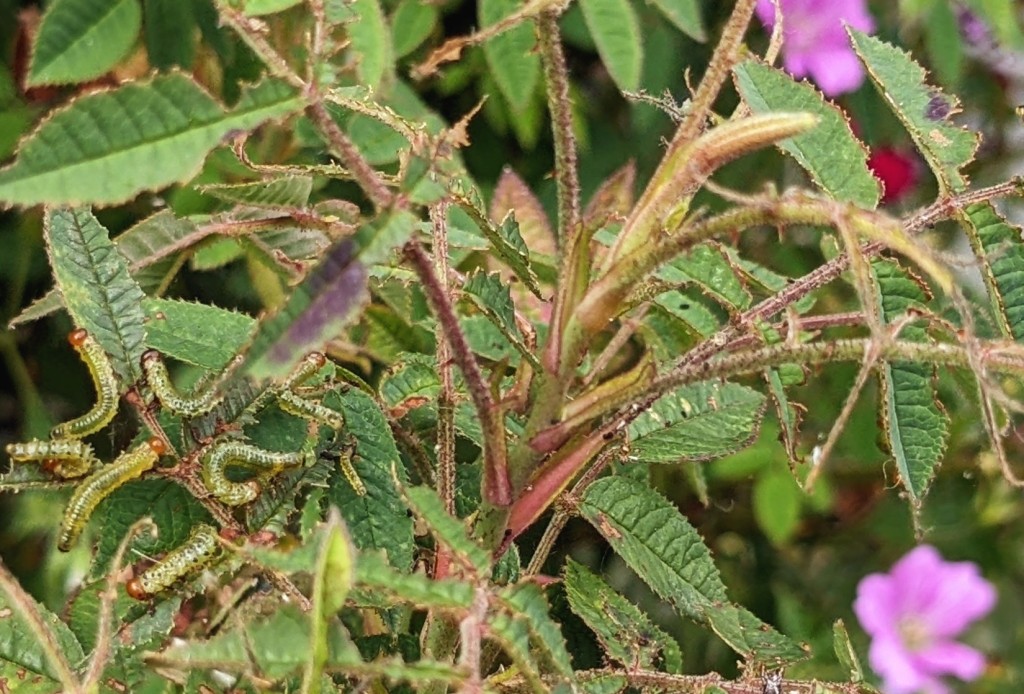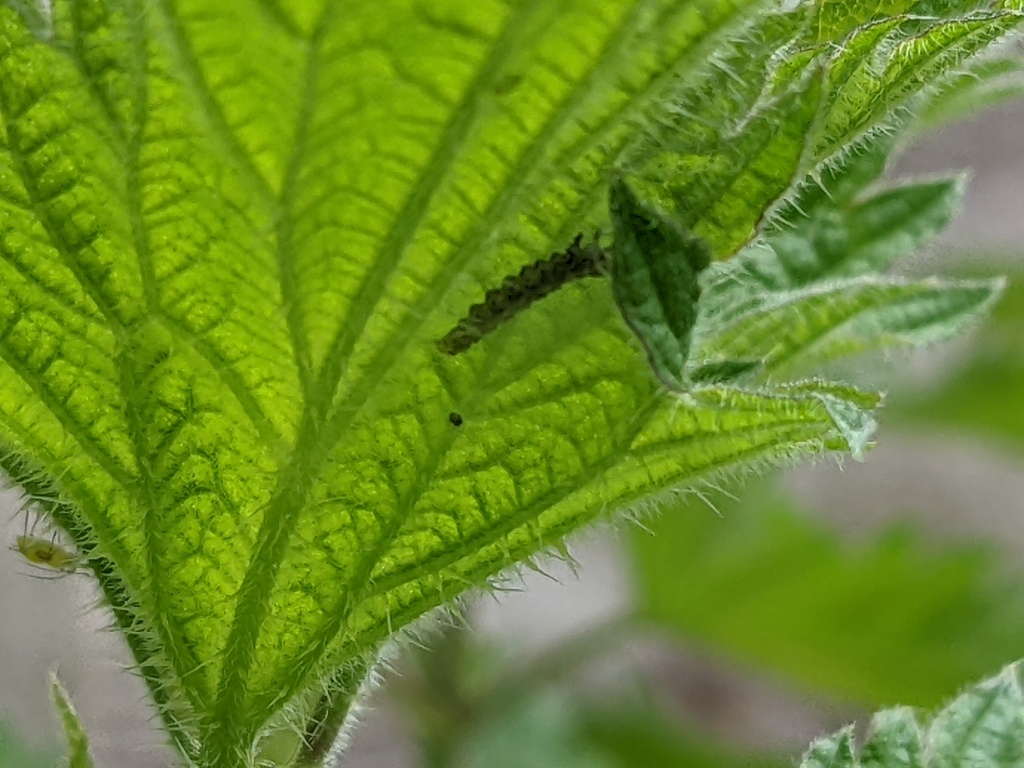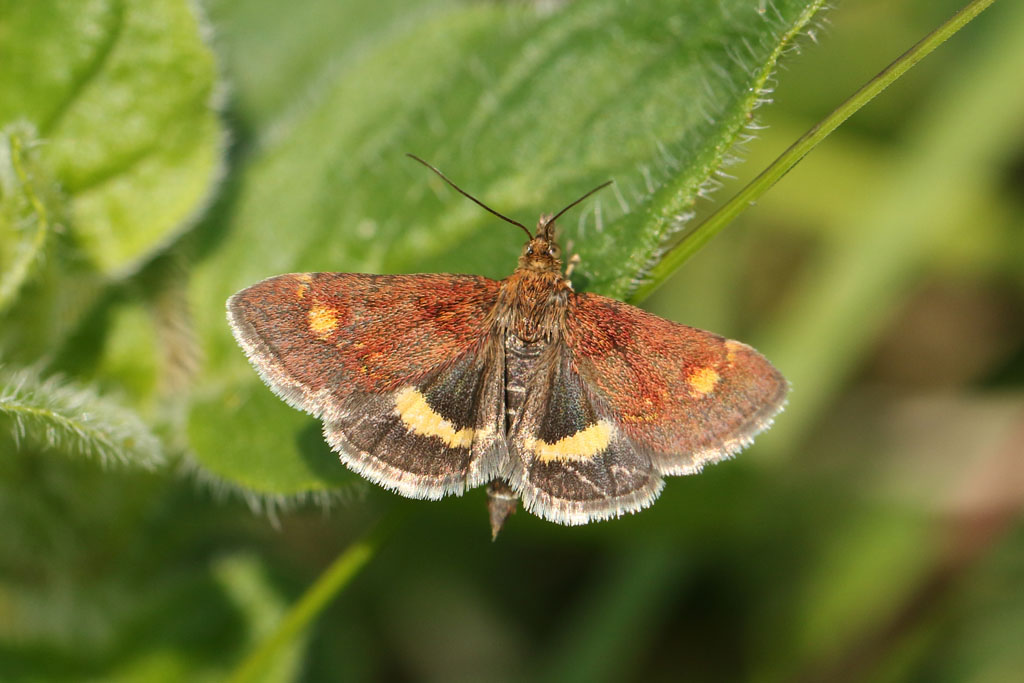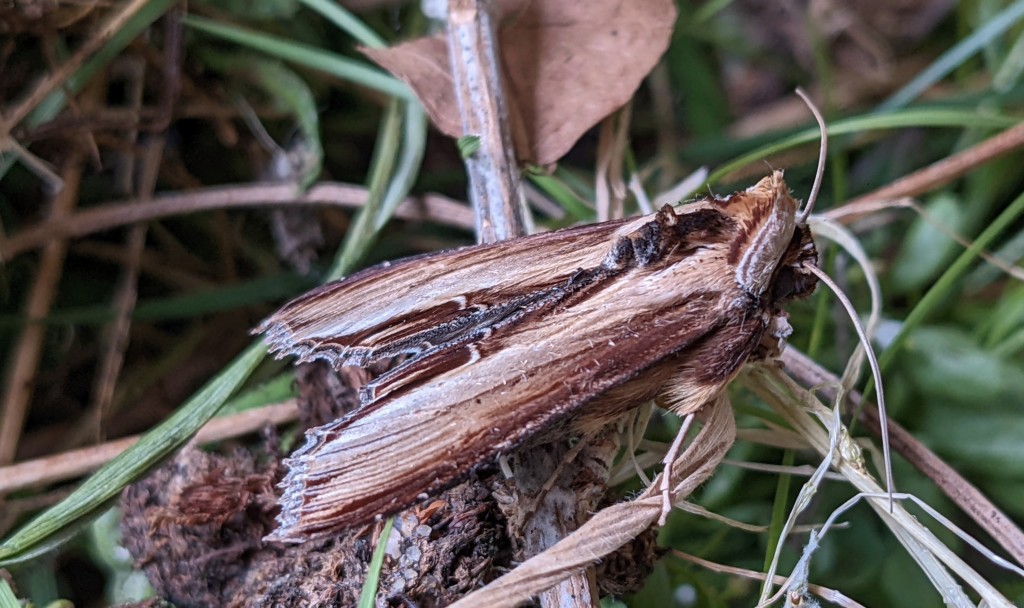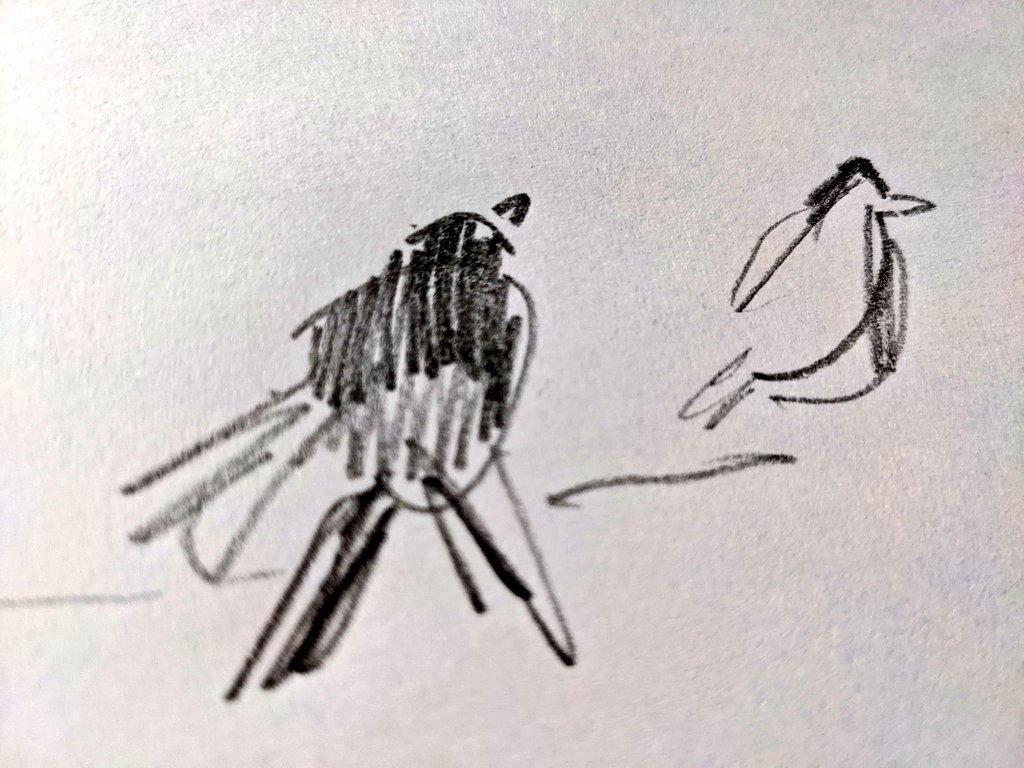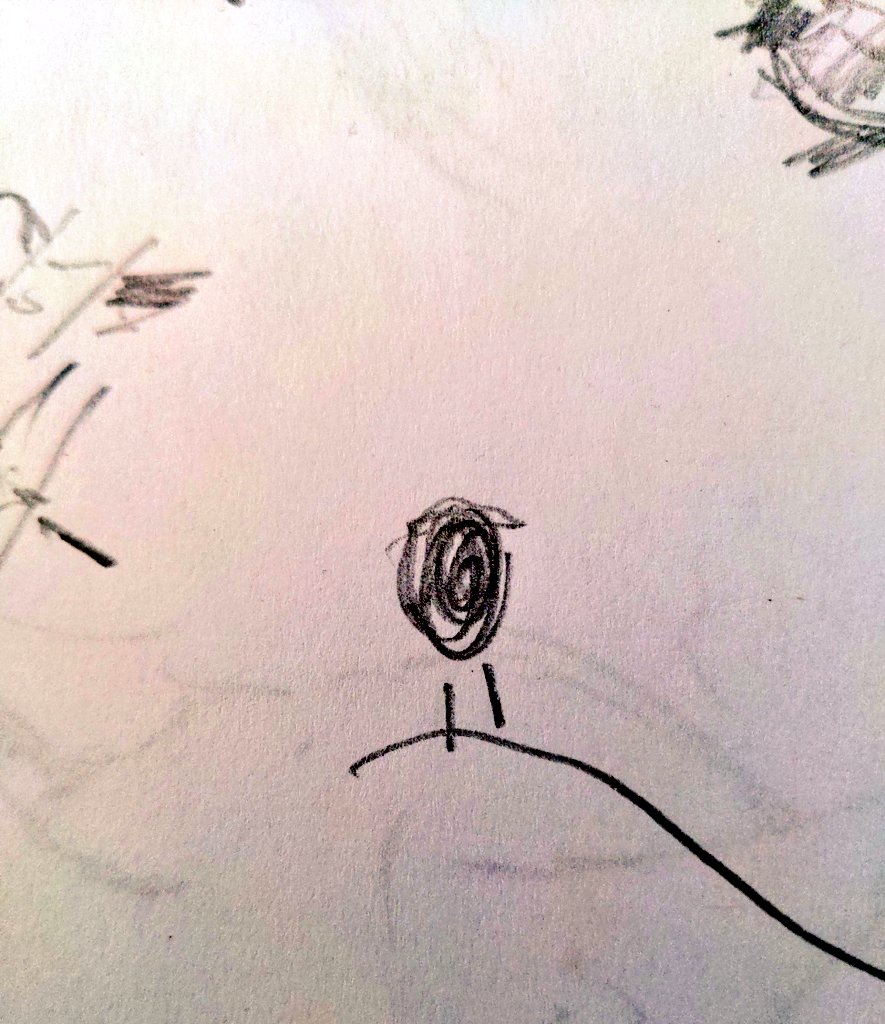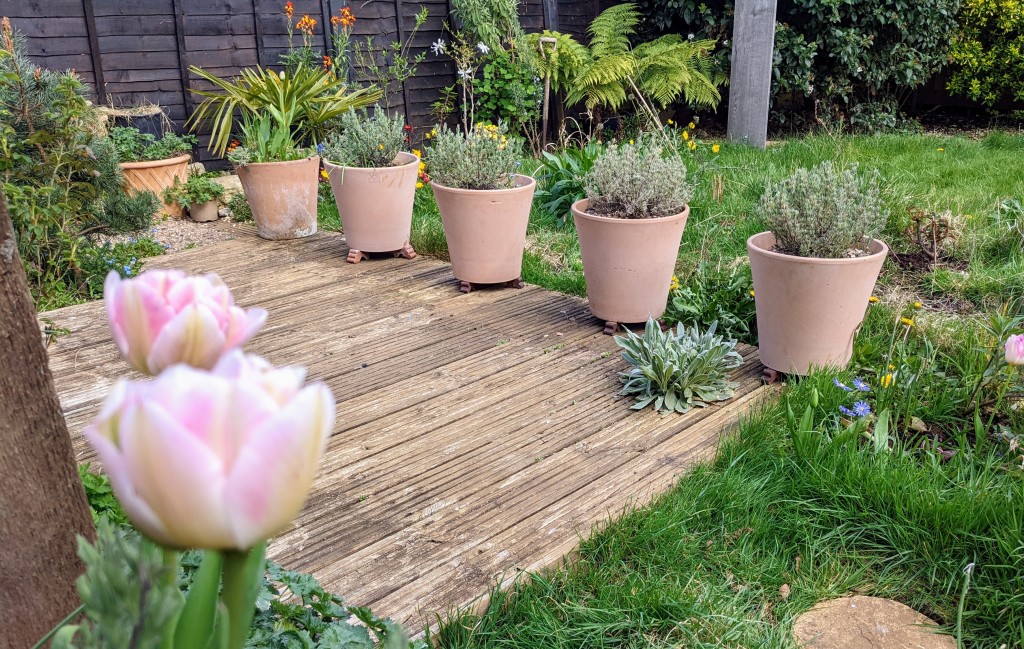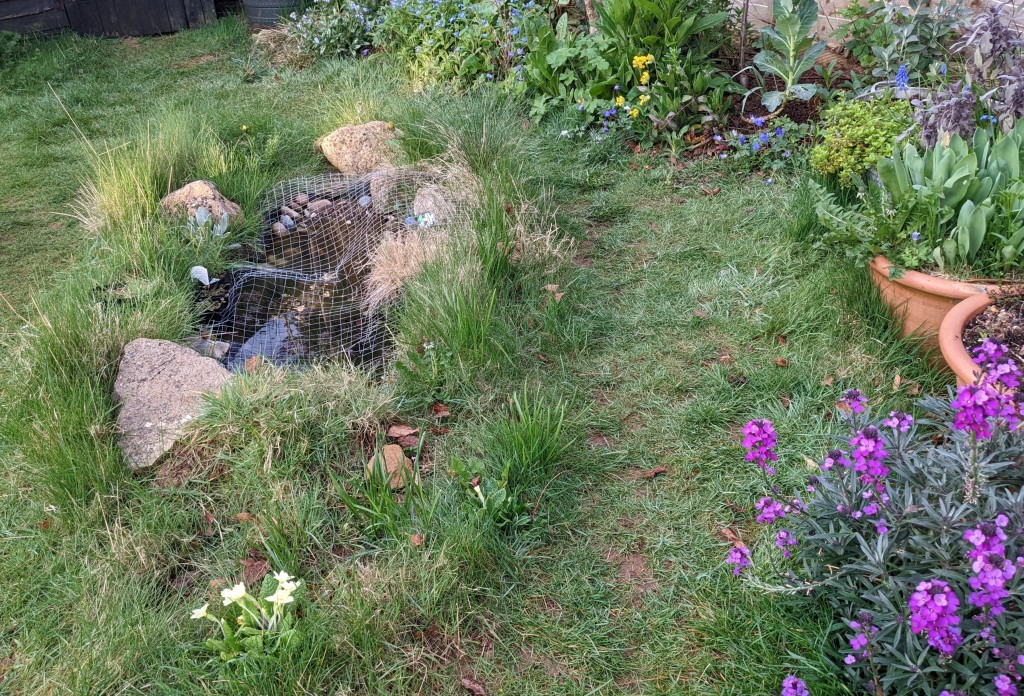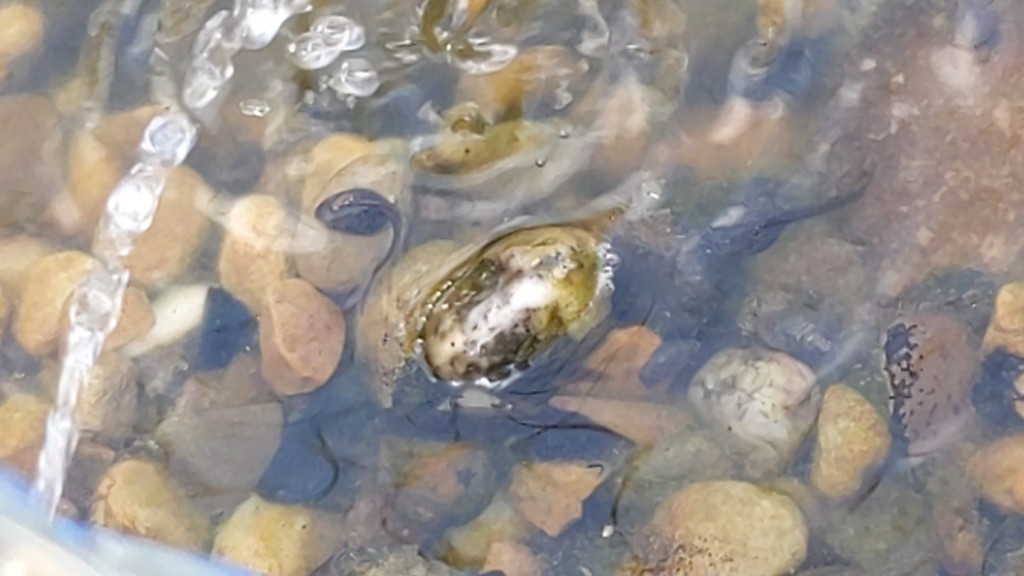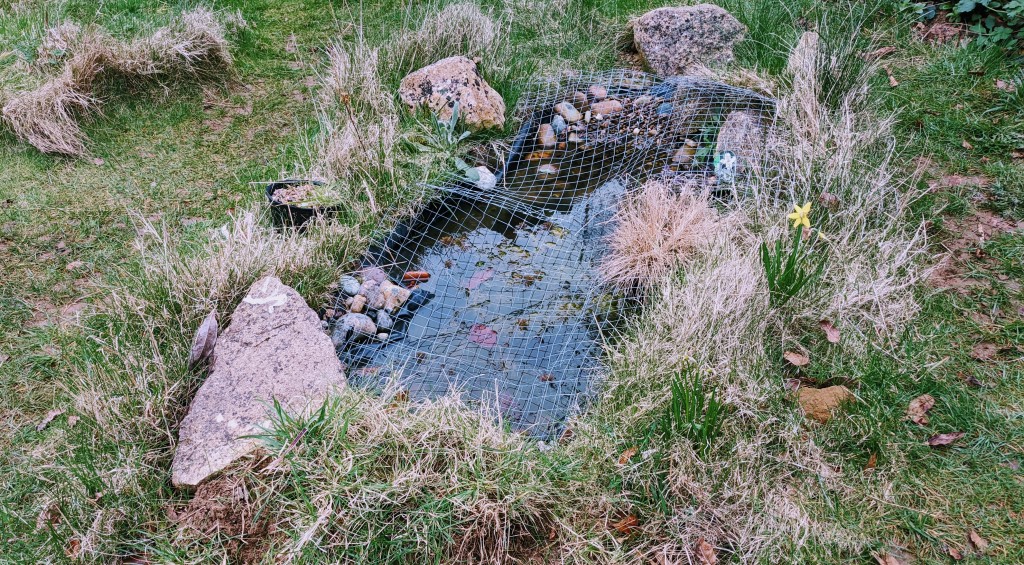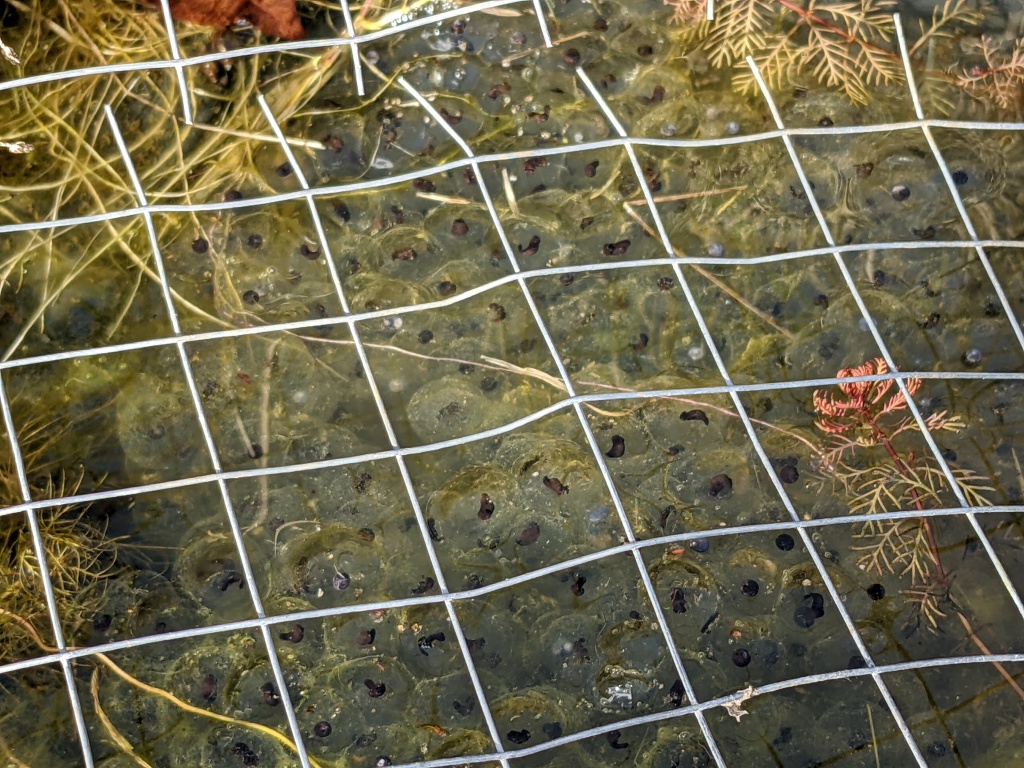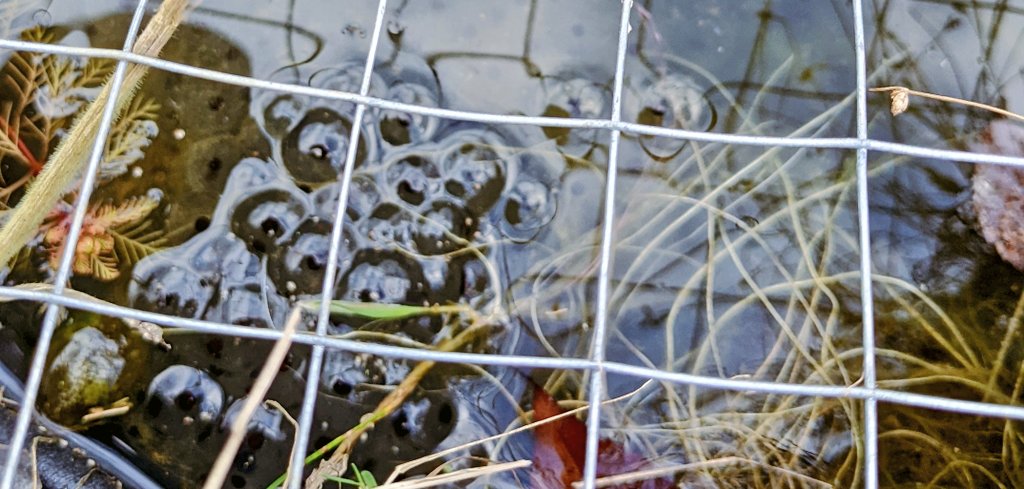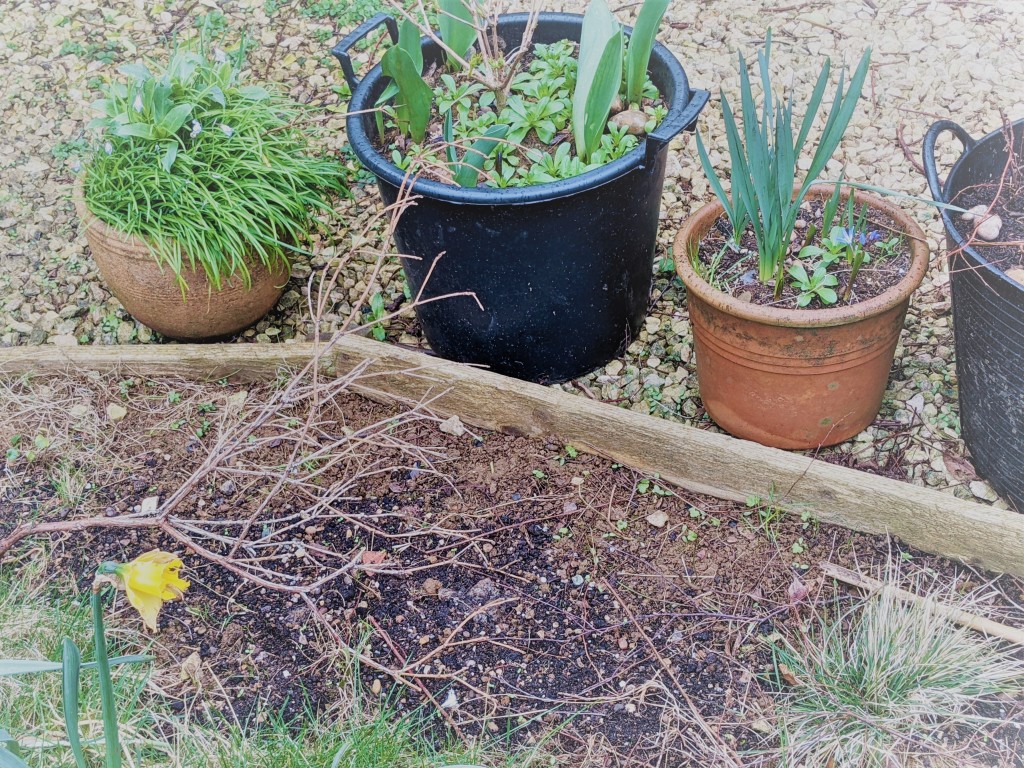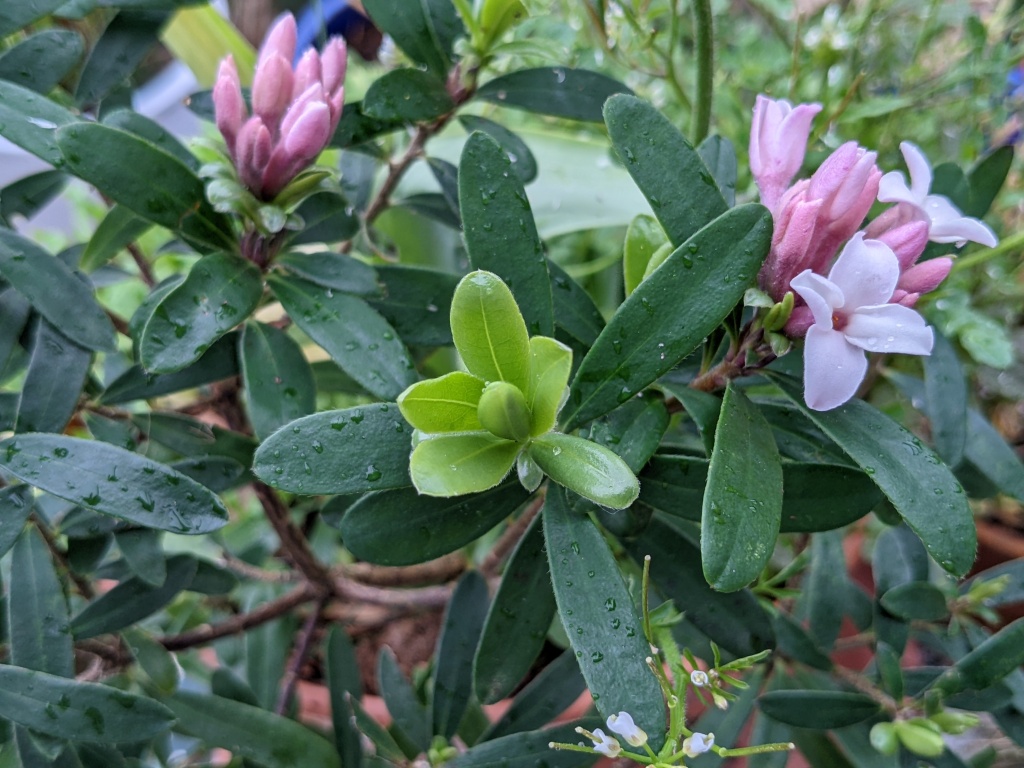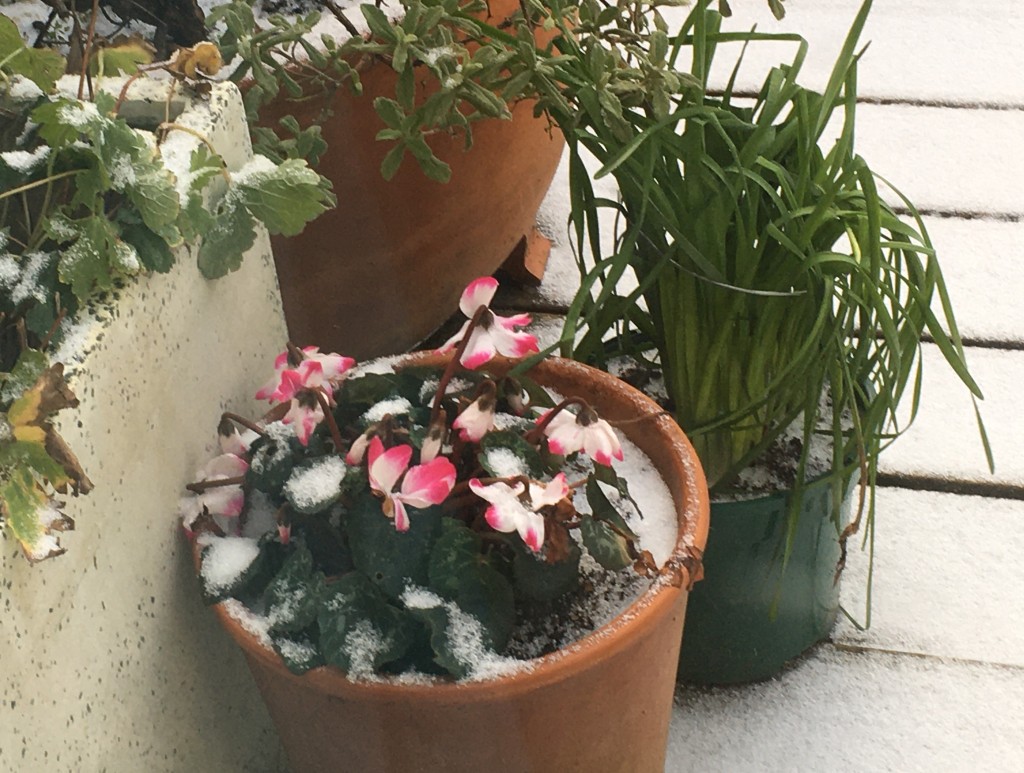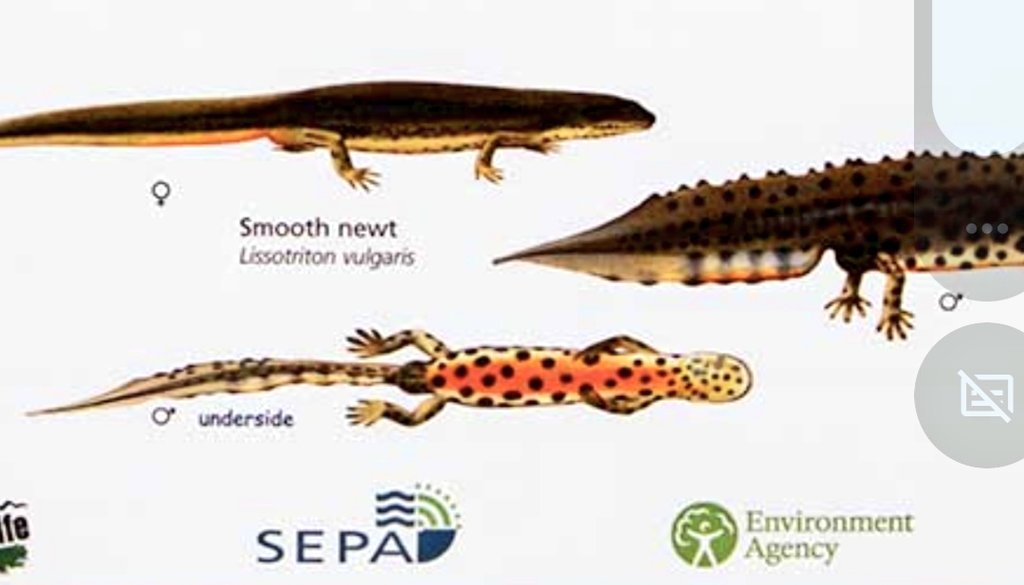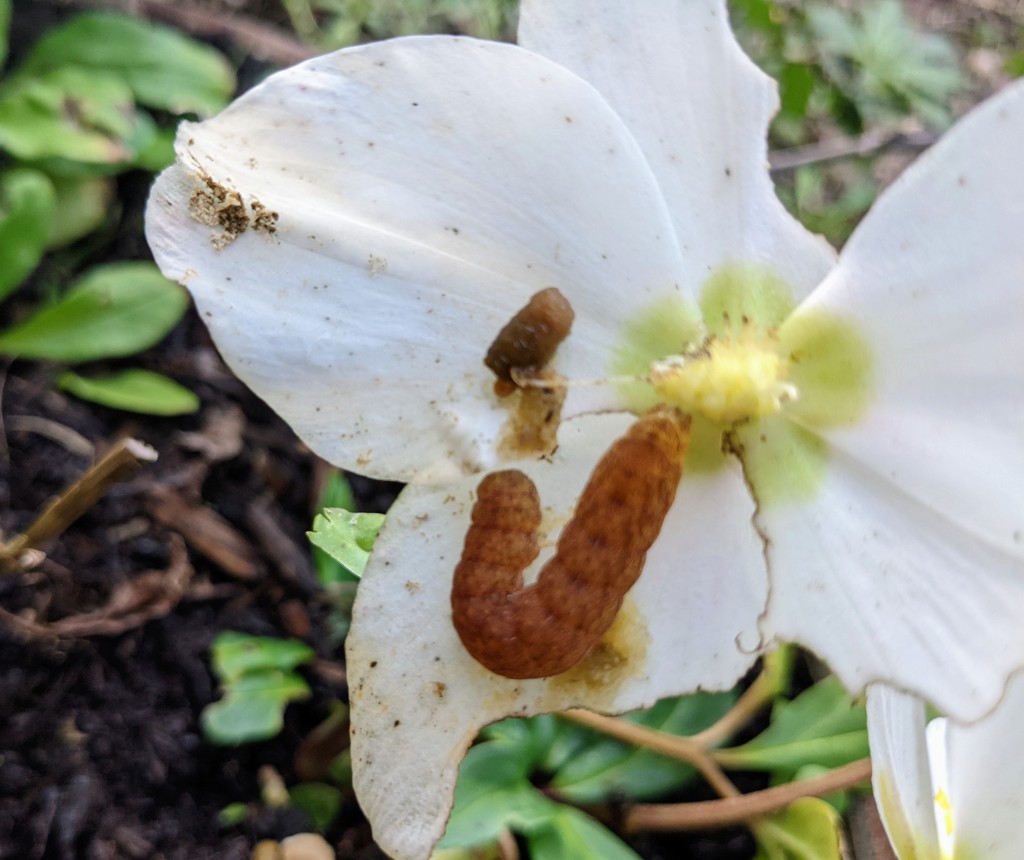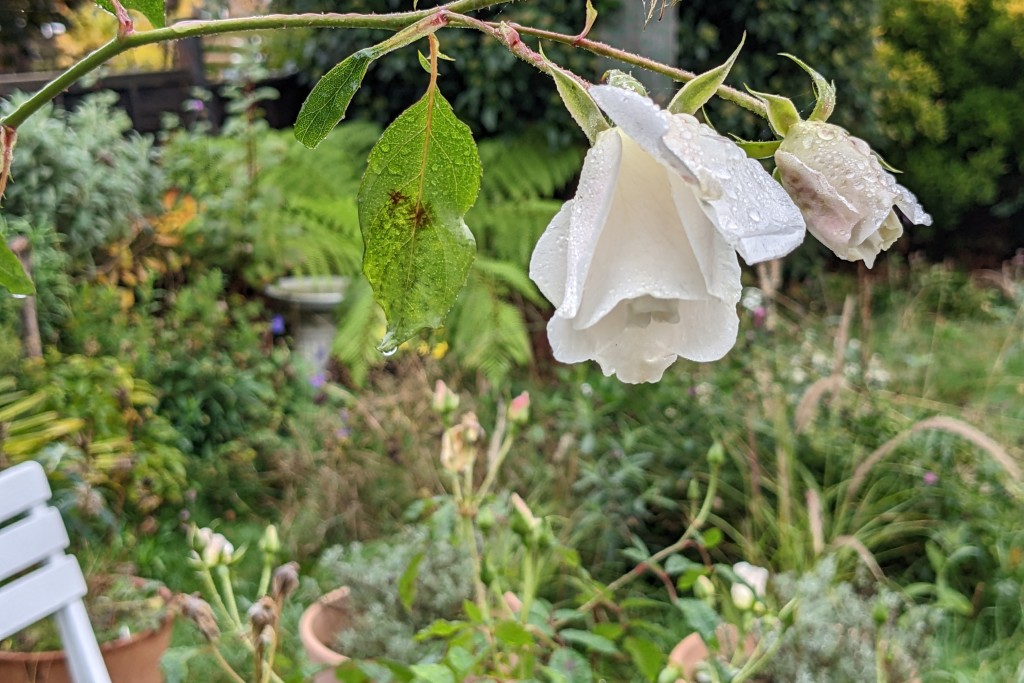
We’re all familiar with the roses which struggle on into November. I’ve remembered seeing some back in December in the 90’s and can recall my astonishment at seeing them then: winter roses. Long before I ever started gardening.
But this year! For wildflowers to be reflowering in November, when it’s normally freezing – Well nice as it is (and hugely good for the fuel bills) there is/must be something a bit wrong here. It has a name of course – fairly innocuous sounding really – #climatechange. This term never seems to adequately sum up the disastrous melting of the polar ice caps, the flooding of low-lying deltas (where milllions of people live) and the catastrophic decline in wildlife and insect life that will finish us all off, if we’re not hugely careful….
Just in my #wildlife garden I have Rosemary flowering now (that shouldn’t flower until February/March?) Sweet Rocket reflowering like it was summer and even the raggedy Ragwort making another appearance with a few flowers. Only the Michaelmas daisies are seasonally appropriate here!
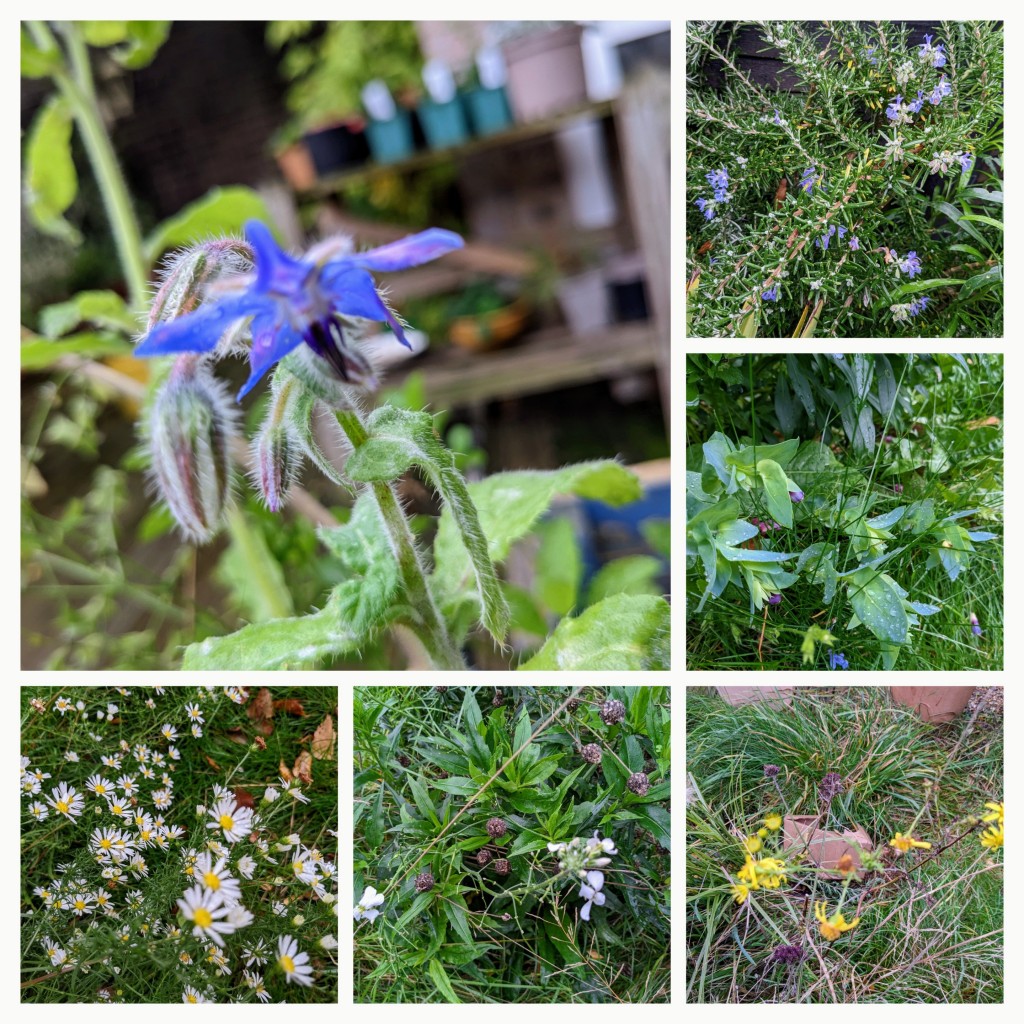
While this must be good news for some insects and animals, can’t help feeling there’s a whole other bunch that unless they get some real winter soon, will struggle to survive / behave as normal. Are hedgehogs hibernating yet? Do they mind?? I honestly and clearly don’t know enough about it, I just know that if it’s this warm here, unseasonably, the whole ecosytem’s is likely out of whack to a lesser/larger extent. From what the UN is saying (which the fossil fuel lobbies are trying to drown out) we’re only talking 1.5 degrees celsius, anyway! As in the whole planet has only to warm that much to spell total disaster – for the poor and innocent people, who won’t be able to relocate or will lose their whole island homelands anyway.
Even my cultivated plants are still flowering away, the cosmos I grew from seed, the antirrhinums I grew from seed – and the wild chicory too. From sharing on twitter I can see lot of other people’s gardens are full of unexpected colour, too. Glorius but slightly disturbing…
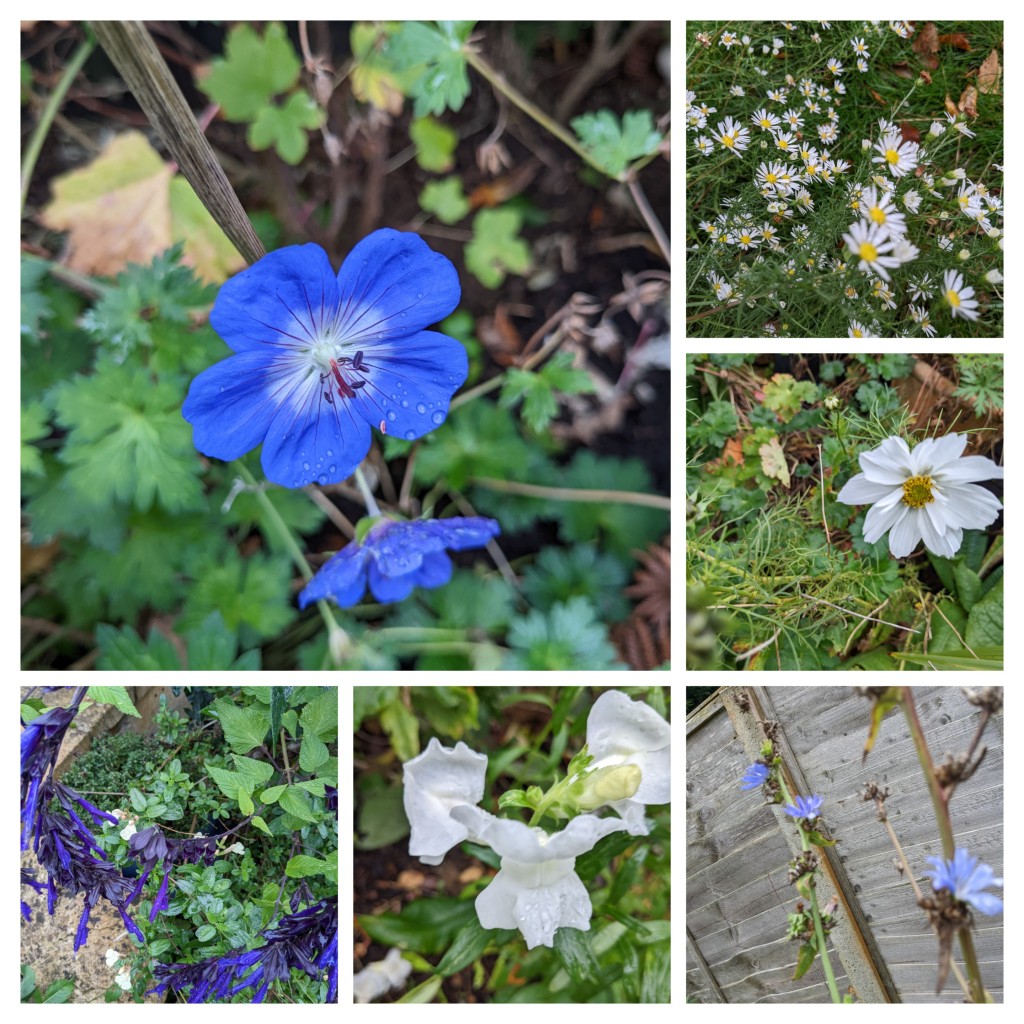
So – I can’t just sit here and write about it. I can try to promote non-use of pesticides, which are spiralling the biodiversity loss we’re already experiencing out of control; and leaving leaves on the ground as temporary but nevertheless vital winter shelter for numerous tiny species, some of whom we can’t or will never see; and cutting down on our own light pollution that confuses and distracts moths from going about their normal business, not least reproducing which we need them to do to survive!
We have so much to learn about how our interventions, intensive farming and use of chemical technologies has affected our planet, our Earth, our very soils. But it doesn’t take a genius to work out that crop sprays, over fertilising and pesticide use – all essentially poisonous to whatever they come into contact with (including us!) MUST be having a detrimental effect. You’d think that Councils and Governments would have picked up on this by now, but no. (NO they haven’t…it can’t be in their financial interests….)
My local council saw fit to using Roundup so potentially poisonous to pets, that they had to send in their contractors in protective clothing to respray the affected (pesticided) areas with blue spray, to try a deter the dogs and pets we do seem to care about protecting from sniffing down some harm.
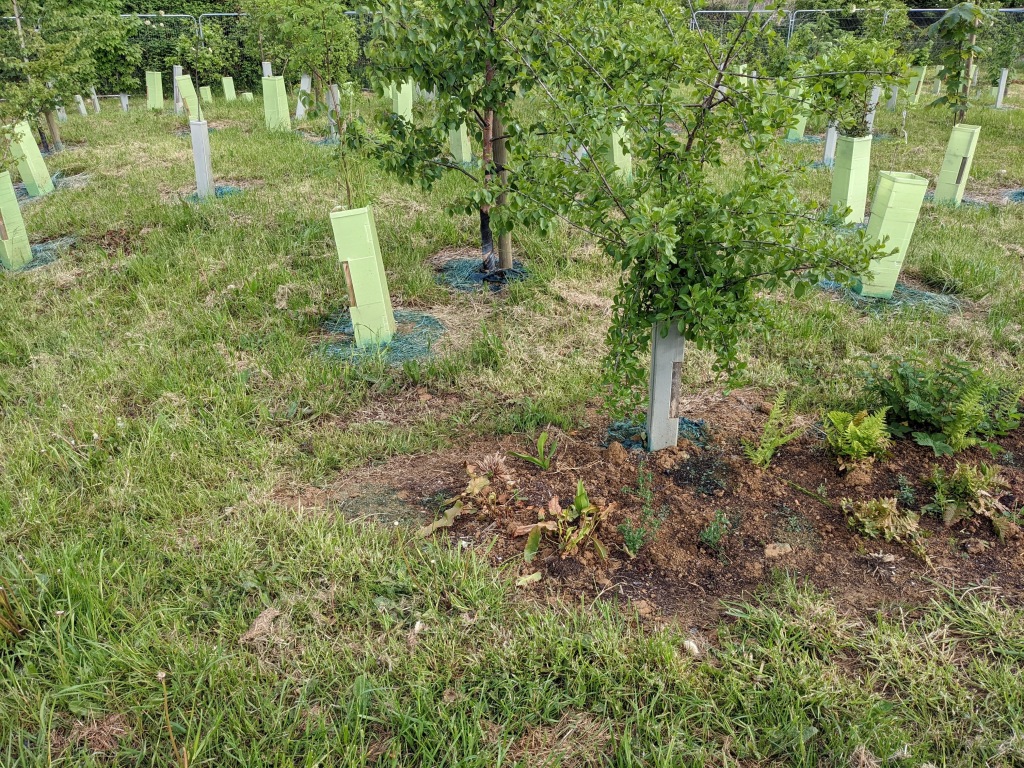
Why not just use wood chip in the first place????? A weed deterrent that is very effective and actually improves the soil!!!!
Well I tried a complaint direct to the Council (who the actual contractors/workers told me are directly responsible for their hire) – And predictably I got fobbed off by the Council with contact addresses for the developers – who probably don’t care tuppence. I mean they don’t seem to care about installing proper storm drainage or even sufficient green spaces in their ‘developments’ which look like glorified car parks with houses parked alongside the cars, in a sea of tarmac.
I had asked the Council to consider no implement a BAN on all pesticide use. I got fobbed off – and have been sitting on this, wondering how to continue the fight. Bit difficult, single handed. Not impossible. But hence why – with a myriad of other reasons – last week I joined the Greens (The Green Party) and this week have signed up as an active campaigner with PAN_UK. Both part of global networks of people who actually do care. Like the huge pro wildlife contingent on twitter (who I hope survive there with the ownership changes afoot). PAN_UK promise to inform me of how to go about campaigning against pesticide use – And I’m ready to learn. They’ve had some significant successes – most notably in Birmingham lately. So please do watch this space!!!
